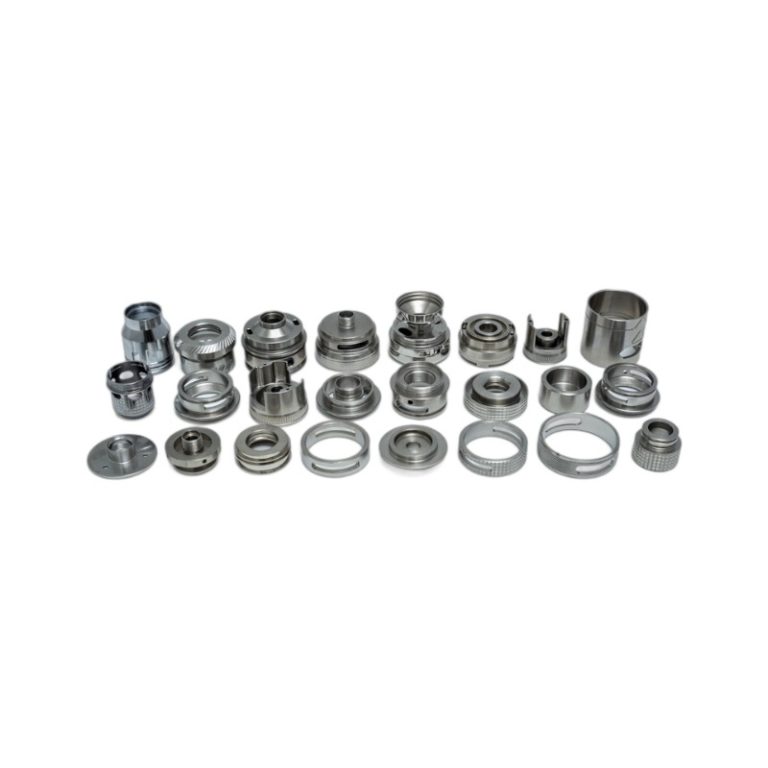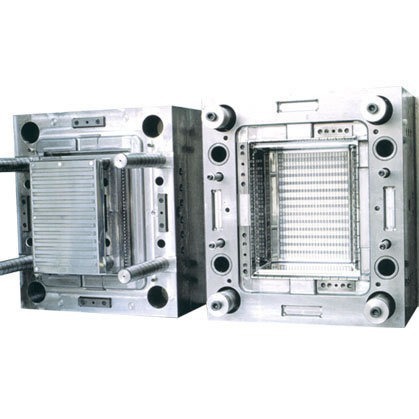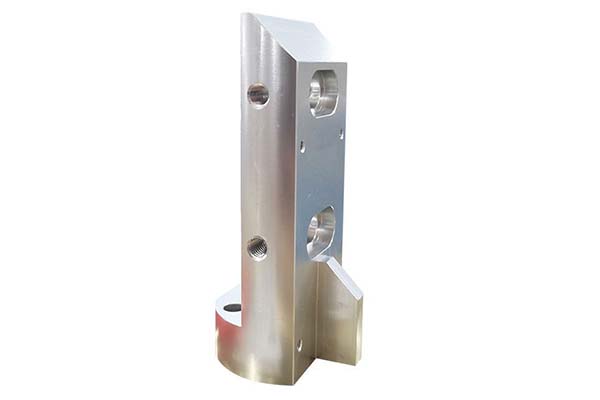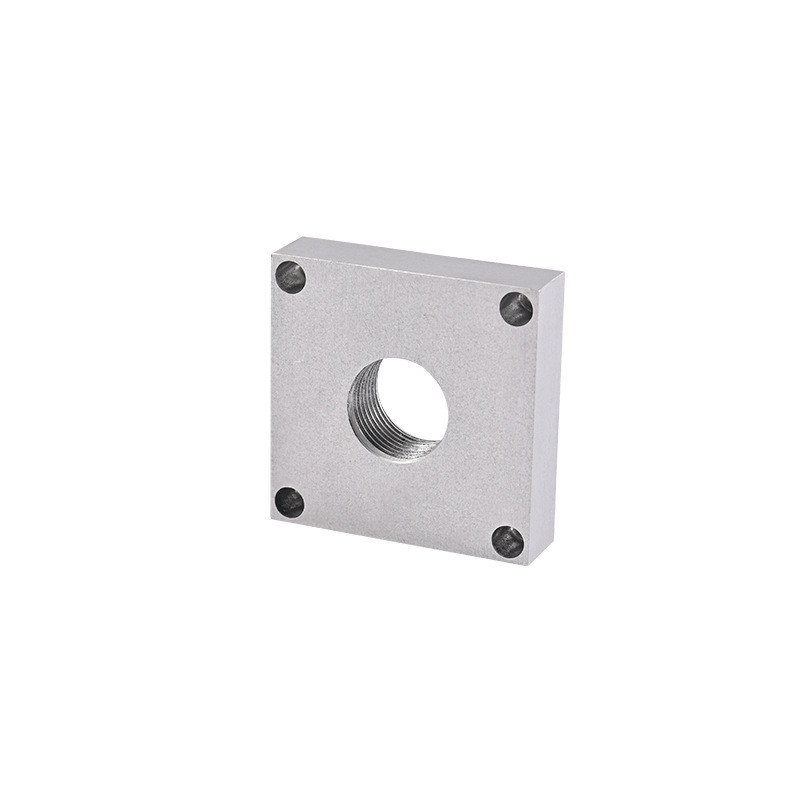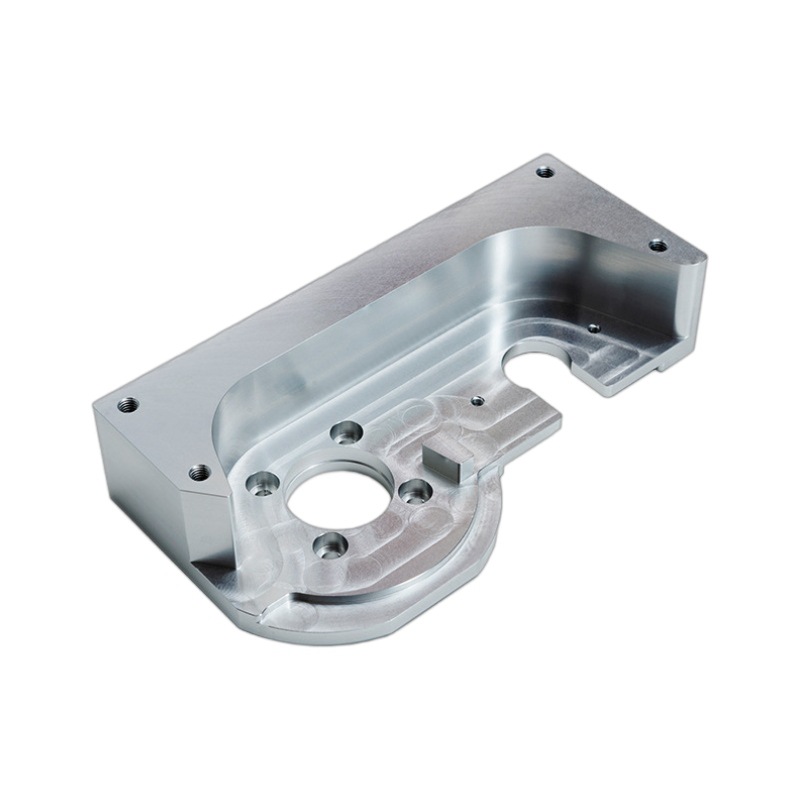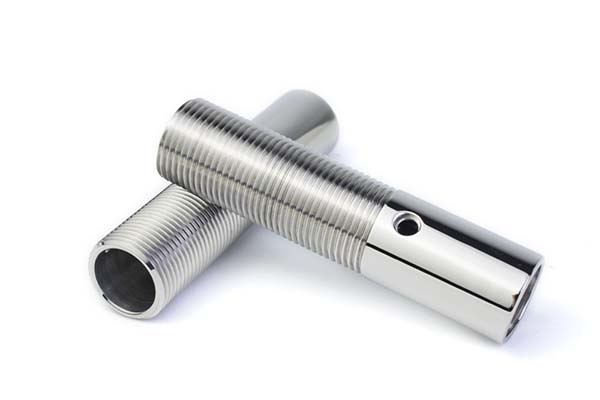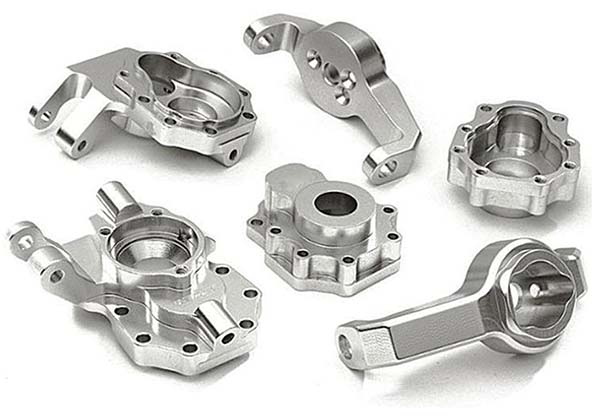Introduction to Turning Services
Definition and Importance in Manufacturing
Turning services are a critical part of the manufacturing process, particularly for producing cylindrical parts. The turning process involves rotating a workpiece on a lathe while a cutting tool removes material, shaping the component to the required dimensions and specifications. This process is vital for creating high-precision components in industries such as aerospace, automotive, medical devices, and general engineering. Turning services ensure that parts meet stringent quality standards, including tight tolerances and excellent surface finishes, making them indispensable in modern manufacturing workflows.
Types of Turning Services
Conventional Turning
Conventional turning involves manual operation of a lathe, where the machinist physically controls the machine to shape the workpiece. This method offers flexibility and is useful for small, custom, or low-volume production runs where precision and craftsmanship are key. However, conventional turning is slower and less consistent than automated methods. It is often used in applications where bespoke designs or intricate details are required, but it can be labor-intensive and more prone to human error.
CNC Turning
CNC (Computer Numerical Control) turning is an automated method that utilizes computer-controlled machines to perform complex turning operations with high precision and repeatability. In CNC turning, the machinist inputs a program into the lathe, which then executes the process automatically, ensuring high accuracy and consistent results. This method is ideal for high-volume production runs, reducing labor costs, minimizing human error, and allowing for intricate designs and tighter tolerances. CNC turning is widely used in industries where mass production and precision are critical.
Swiss Turning
Swiss turning (or Swiss-style turning) is a specialized form of CNC turning that uses guide bushings to hold long, slender workpieces securely. This technique is especially useful for producing small, precise components with a high length-to-diameter ratio. Swiss turning machines can operate on multiple axes simultaneously, enabling them to create complex part geometries and achieve superior surface finishes. It is particularly beneficial for industries like medical device manufacturing, electronics, and precision engineering, where small, high-precision components are required.
Equipment Used in Turning Services
Lathes: Engine Lathes, Turret Lathes, and Chucker Lathes
Several types of lathes are employed in turning services, each suited to different production needs:
- Engine Lathes: These versatile machines are the most common type of lathe used in turning. Engine lathes are capable of performing a wide variety of turning operations and are often used in smaller workshops or educational settings. They provide manual control over the turning process but are slower than automated methods.
- Turret Lathes: Designed for mass production, turret lathes feature an automatic indexing system that allows for rapid tool changes, making them ideal for repetitive tasks. These lathes are typically used in high-volume manufacturing environments where efficiency and consistency are key.
- Chucker Lathes: Chucker lathes use a chuck to hold the workpiece and are commonly used in large-scale production. They provide excellent precision and stability, making them ideal for heavy-duty applications. Chucker lathes can handle multiple cutting tools and are frequently employed for turning larger parts.
Accessories: Chucks, Tool Holders, and Coolant Systems
Turning services often require additional accessories to improve efficiency and precision:
- Chucks: These devices hold the workpiece securely during the turning process. The type of chuck used (e.g., collet chuck, independent chuck, scroll chuck) depends on the size and shape of the workpiece.
- Tool Holders: Tool holders secure cutting tools in place during the turning operation. The precision and stability of tool holders are crucial for maintaining dimensional accuracy and surface finish quality.
- Coolant Systems: These systems supply coolant fluids to the cutting area to reduce heat, lubricate the cutting process, and extend tool life. Effective coolant systems are essential for maintaining optimal machining conditions, ensuring high-quality results.
Material Considerations
Steel, Aluminum, Stainless Steel, and Plastics
The material being turned significantly affects the process and the final product's characteristics:
- Steel: A strong and durable material, steel is used in demanding applications where strength and wear resistance are crucial. However, it requires high cutting forces, and the tools must be sturdy to handle the stress.
- Aluminum: Aluminum is lightweight, corrosion-resistant, and easier to machine compared to steel. However, it can create gummy chips that require efficient coolant systems to manage.
- Stainless Steel: Known for its corrosion resistance, stainless steel is often used in medical and food industries. While it offers excellent durability, it is more challenging to machine due to its tendency to work-harden and the need for higher cutting forces.
- Plastics: Plastics are used for their lightweight properties and ease of machining. However, they require special handling to avoid warping or melting, and care must be taken to avoid thermal damage during turning.
Material Properties and Machinability
Understanding the material’s properties (hardness, ductility, thermal conductivity) is essential for selecting the correct turning process and tooling. The machinability of materials varies, and selecting the right cutting tools and coolant is vital for optimizing the turning operation, achieving desired outcomes, and extending tool life.
Precision and Tolerances
Achieving Close Tolerances
Precision is a cornerstone of turning services, and achieving close tolerances requires:
- Machine Calibration: Regular calibration of the lathe ensures that it operates accurately and consistently.
- Tool Sharpness: High-quality, sharp cutting tools help minimize deflection, avoid inaccuracies, and produce high-quality finished parts.
- Process Control: Implementing real-time monitoring systems can detect and correct deviations in the turning process to maintain high precision and consistency.
Surface Finish Requirements
The surface finish is another critical aspect of turning. The finish affects not only the aesthetics but also the part’s performance. Techniques such as polishing, lapping, and superfinishing are used to achieve the desired surface quality. Additionally, optimizing tool paths and feed rates minimizes surface roughness, ensuring components meet functional and visual requirements.
Turning Processes
Roughing and Finishing
Turning operations are typically divided into two main stages:
- Roughing: The roughing process involves removing excess material rapidly to bring the workpiece close to its final shape and size. This stage is focused on efficiency.
- Finishing: The finishing stage refines the part, ensuring it meets the final dimensional tolerances and surface finish. This step requires slower cutting speeds and higher precision.
Threading and Tapping
Threading creates helical grooves on a workpiece to form external screw threads, while tapping creates internal threads. Both operations are critical for manufacturing fasteners and other threaded components. Achieving accurate threads requires specialized tools and precise control.
Knurling and Grooving
- Knurling: A process that creates a textured pattern on a cylindrical surface, improving grip and aesthetics.
- Grooving: Involves cutting grooves or channels into the surface, which can be used for functional or decorative purposes. Both processes require careful selection of tools to achieve uniform patterns and dimensions.
Post-Turning Operations
Deburring and Polishing
Post-turning operations like deburring (removing sharp edges) and polishing (enhancing surface quality) are essential for refining the final component. These processes improve the safety, functionality, and aesthetic appeal of the parts.
Heat Treatment and Hardening
Heat treatments like annealing, quenching, and tempering are used to enhance the mechanical properties of the workpiece, such as hardness, strength, and wear resistance. These treatments are crucial for ensuring that the component performs reliably under stress or extreme conditions.
Inspection and Quality Control
Quality control in turning services is vital to ensure that components meet all necessary standards. Techniques like dimensional measurements, visual inspections, and non-destructive testing methods (e.g., X-ray, ultrasound) are employed to verify the accuracy and integrity of parts. Metrology equipment and statistical process control are used to monitor and improve manufacturing processes continually.
Applications of Turning Services
Automotive Components
Turning services are widely used in the automotive industry for manufacturing engine parts, gears, shafts, and other essential components. These parts require precision to withstand high stress and temperature fluctuations, making CNC turning a popular choice for automotive manufacturing.
Aerospace Fasteners and Parts
Aerospace applications demand extreme precision and reliability, particularly for fasteners, bearing housings, and control rods. Swiss turning is often used for aerospace parts due to its ability to produce small, intricate components with exceptional precision.
Medical Devices and Instruments
In the medical field, turning services are crucial for producing high-precision components such as surgical instruments, orthopedic implants, and drug delivery devices. CNC turning ensures that these components meet stringent regulatory standards for safety and performance.
General Engineering Components
Turning services are also used across general engineering sectors to produce various components, including custom brackets, gears, and housings. The versatility of turning makes it an essential process in many industries requiring precision parts made from a variety of materials.
Case Studies and Best Practices
Successful Implementations of Turning Services
Many companies have successfully implemented turning services to improve efficiency and reduce costs. For example, an automotive manufacturer may use CNC turning to speed up the production of engine components, while an aerospace company might rely on Swiss turning to produce high-precision fasteners that meet rigorous safety standards.
Efficiency and Quality Improvements
Best practices for turning services include regular maintenance, tool upgrades, and process optimization. Lean manufacturing principles can help reduce waste and improve productivity, while Industry 4.0 technologies (e.g., IoT, data analytics) provide real-time insights into production, enabling proactive improvements.
Conclusion
Turning services are essential to modern manufacturing, offering precision, efficiency, and quality in producing a wide range of components. By understanding the different types of turning, the machinery and tools involved, and the materials used, manufacturers can optimize their turning processes for improved performance. As technology advances, turning services will continue to evolve, ensuring their critical role in producing high-quality components across various industries.
